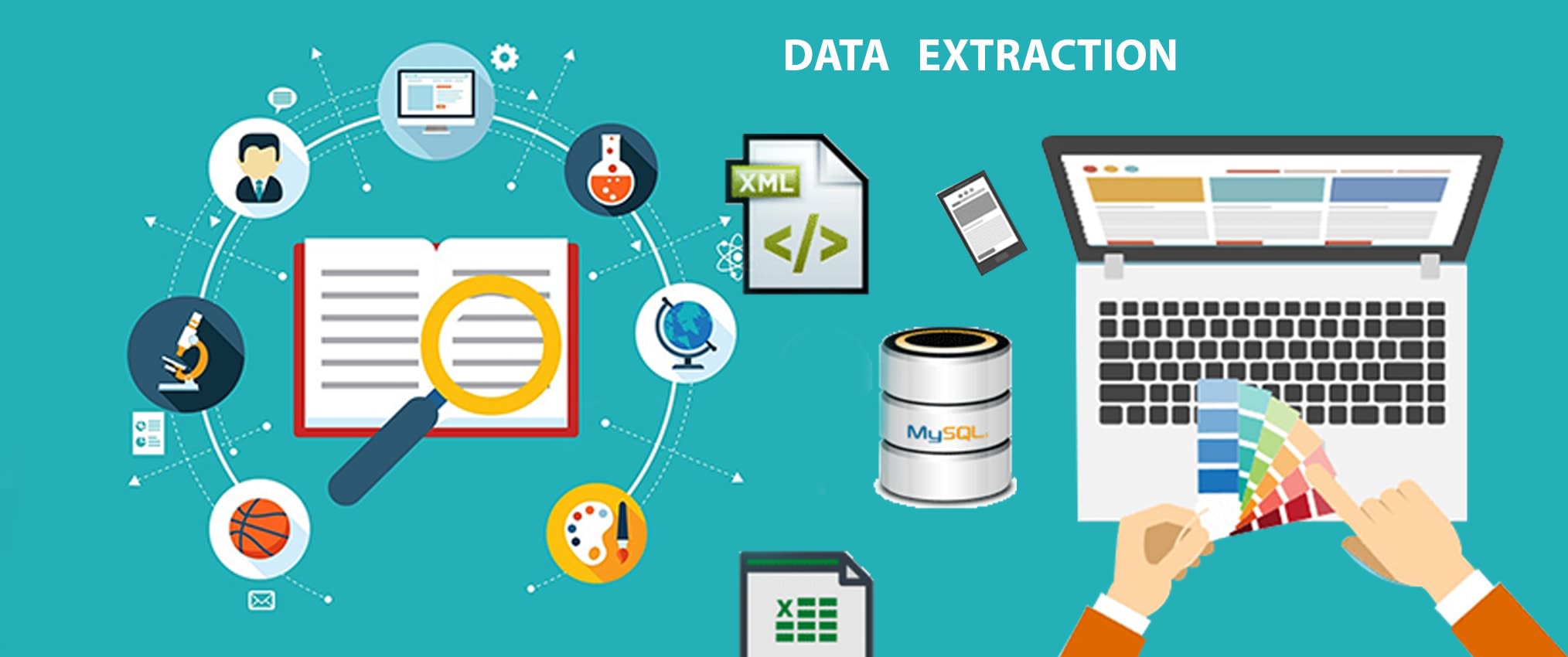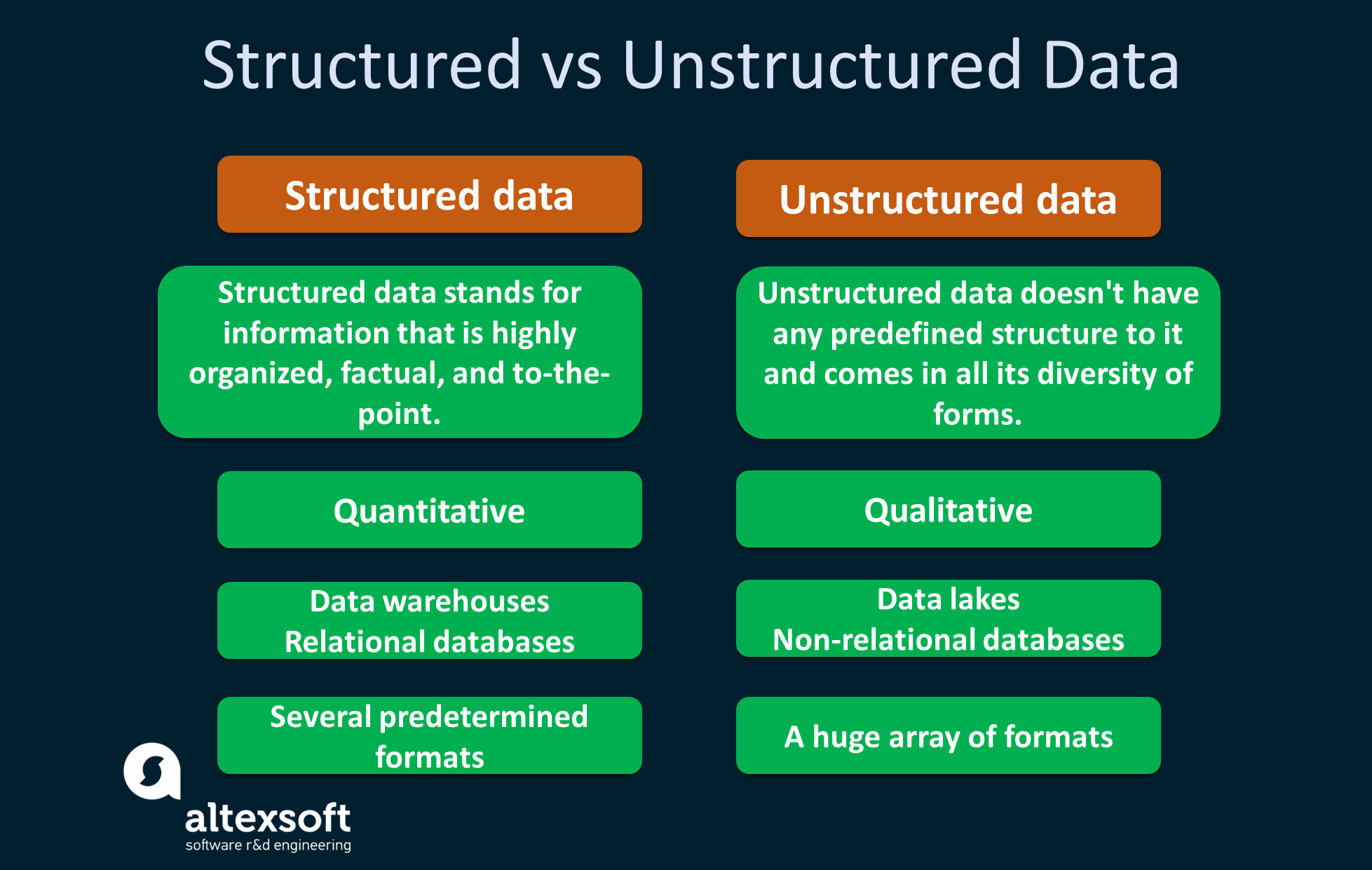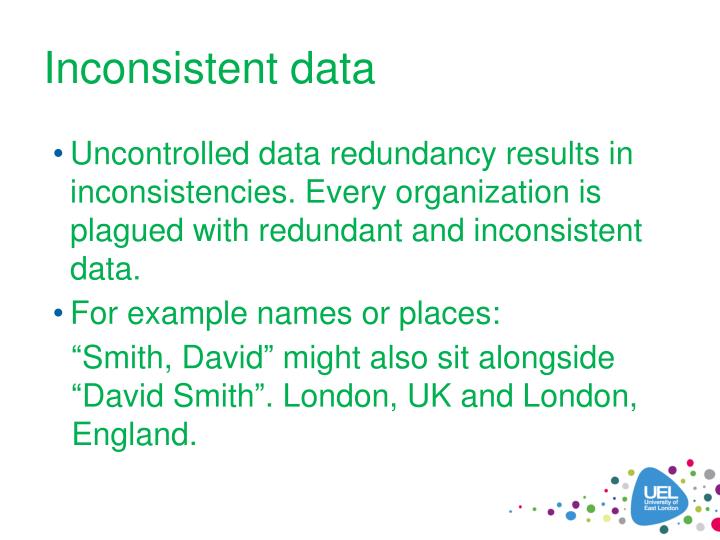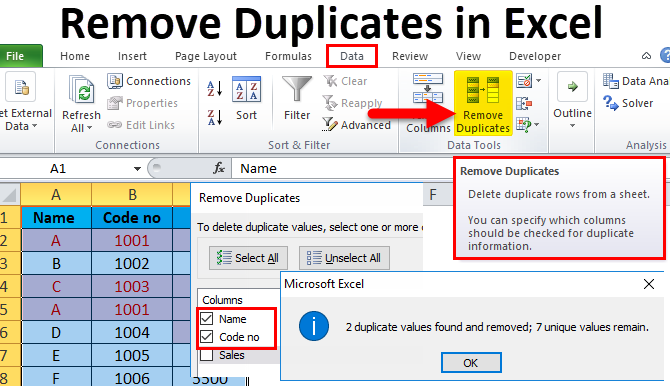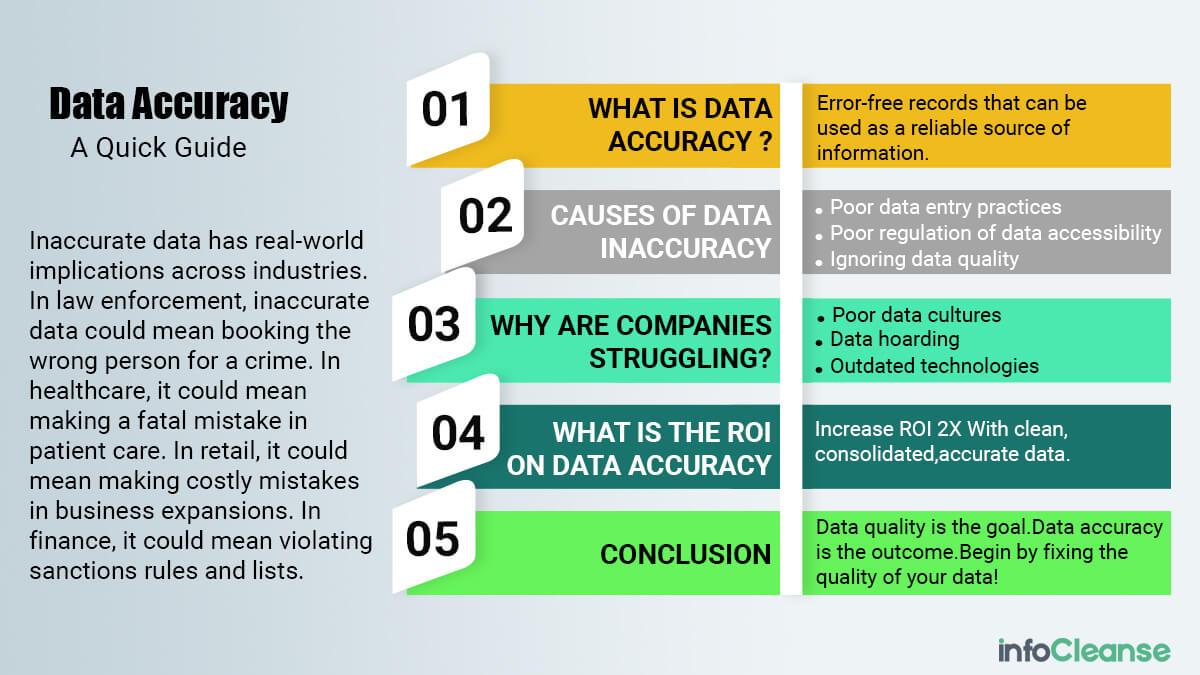Data Extraction And Cleanup Presentation
| Introduction | ||
|---|---|---|
| Data Extraction and Cleanup: Streamlining Your Data Management Process. Extracting and cleaning data is crucial for accurate analysis and decision-making. In this presentation, we will explore the importance and best practices of data extraction and cleanup. | ||
| 1 | ||
| Data Extraction | ||
|---|---|---|
| Data extraction involves retrieving relevant information from various sources. Extracting data efficiently ensures accurate and comprehensive data sets. Automated tools and APIs can simplify the extraction process and save time. | ||
| 2 | ||
| Common Data Sources | ||
|---|---|---|
| Data from databases: Extracting data from structured databases like SQL or NoSQL. Web scraping: Extracting data from websites by parsing HTML or using scraping tools. File formats: Extracting data from CSV, Excel, or text files. | ||
| 3 | ||
| Challenges in Data Extraction | ||
|---|---|---|
| Inconsistent data formats: Dealing with variations in data structure, formats, and encoding. Data quality issues: Handling missing, duplicate, or inaccurate data during extraction. Scalability: Extracting and processing large volumes of data within time constraints. | ||
| 4 | ||
| Data Cleanup Process | ||
|---|---|---|
| Removing duplicates: Identifying and eliminating duplicate records to ensure data integrity. Handling missing data: Filling in missing values or making informed decisions about incomplete data. Standardizing and formatting: Converting data into a consistent format for analysis and comparison. | ||
| 5 | ||
| Tools for Data Cleanup | ||
|---|---|---|
| Data cleansing software: Utilize tools like OpenRefine, Python libraries (pandas), or Excel functions. Automation: Develop scripts or workflows to automate repetitive data cleaning tasks. Manual review: Sometimes, manual inspection is necessary for complex data cleaning tasks. | ||
| 6 | ||
| Best Practices for Data Extraction | ||
|---|---|---|
| Define clear objectives: Determine what data is required and how it will be used. Regularly update data sources: Ensure extraction processes adapt to changing data sources. Validate extracted data: Verify the accuracy and completeness of extracted data. | ||
| 7 | ||
| Best Practices for Data Cleanup | ||
|---|---|---|
| Develop data cleaning rules: Create guidelines for handling common data issues. Document your processes: Maintain clear documentation to ensure consistency and repeatability. Perform data quality checks: Validate the cleaned data to ensure it meets predefined standards. | ||
| 8 | ||
| Benefits of Data Extraction and Cleanup | ||
|---|---|---|
| Improved data accuracy: Reliable and accurate data leads to better decision-making. Time and cost savings: Streamlining the data extraction and cleanup process saves resources. Enhanced data analysis: Cleaned data enables more accurate insights and predictions. | ||
| 9 | ||
| Conclusion | ||
|---|---|---|
| Data extraction and cleanup are essential for reliable data analysis. Following best practices and utilizing appropriate tools can streamline the process. By investing in data extraction and cleanup, organizations can unlock the full potential of their data. Note: Each slide should include relevant visuals, such as charts, diagrams, or icons, to enhance understanding and engagement. |  | |
| 10 | ||

